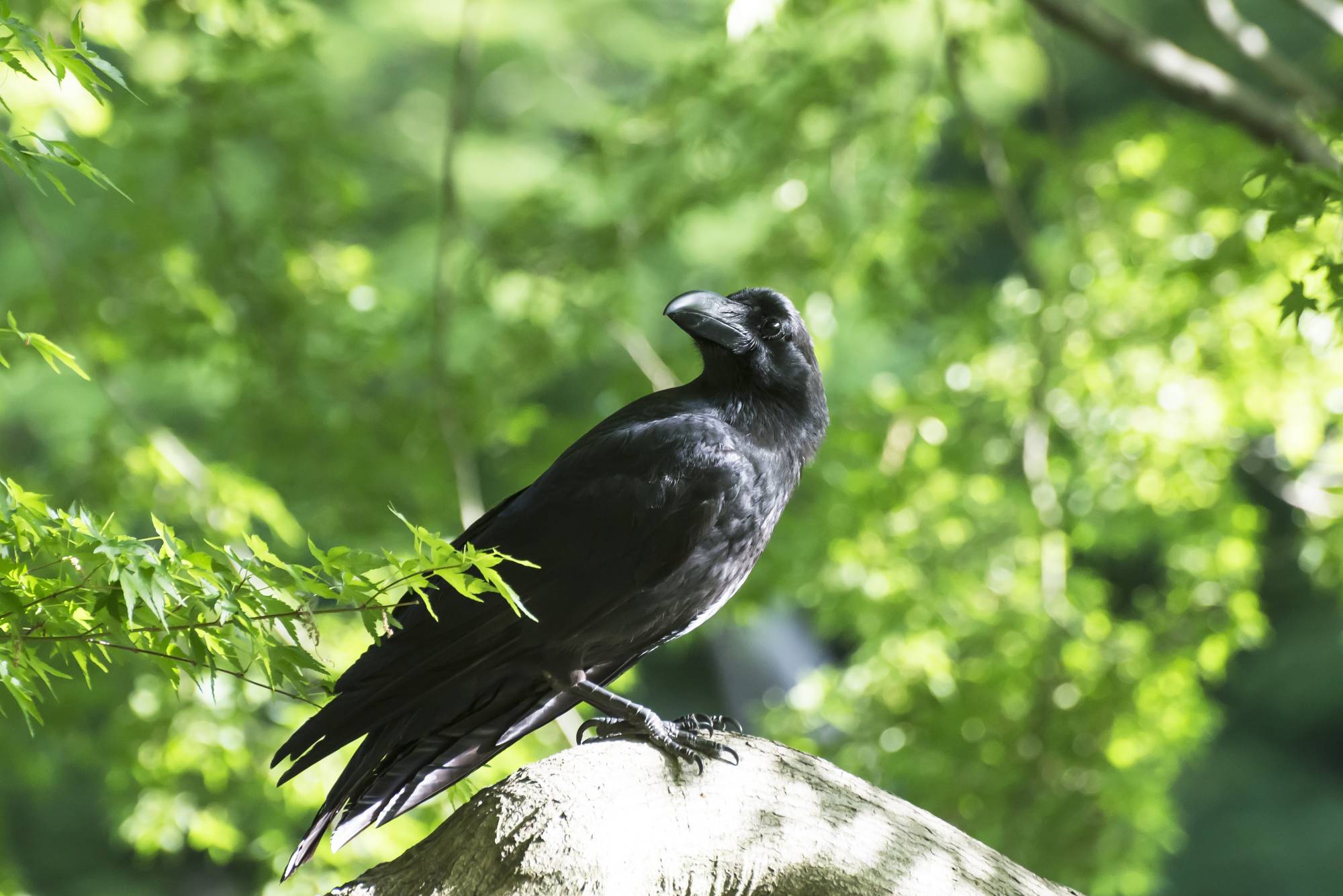On an unusually balmy day in December, Koichi Karasawa and 53 volunteers for the Urban Bird Society of Japan gathered for their eighth survey of Tokyo’s crow population.
Equipped with binoculars and notebooks, the party split into smaller groups to observe the number of avian pests roosting at Meiji Shrine, Toshimagaoka Cemetery and the Institute for Nature Study botanical gardens — all located within the capital’s 23 wards. By nightfall, they had counted 2,785 — the lowest figure tallied since the research project commenced in 1985.
“It’s the pandemic,” says Karasawa, a soft-spoken, 78-year-old retired high school biology teacher. “With many Tokyoites refraining from dining out and restaurants shortening business hours, the amount of garbage for crows to feed on has fallen drastically,” he says.
















With your current subscription plan you can comment on stories. However, before writing your first comment, please create a display name in the Profile section of your subscriber account page.